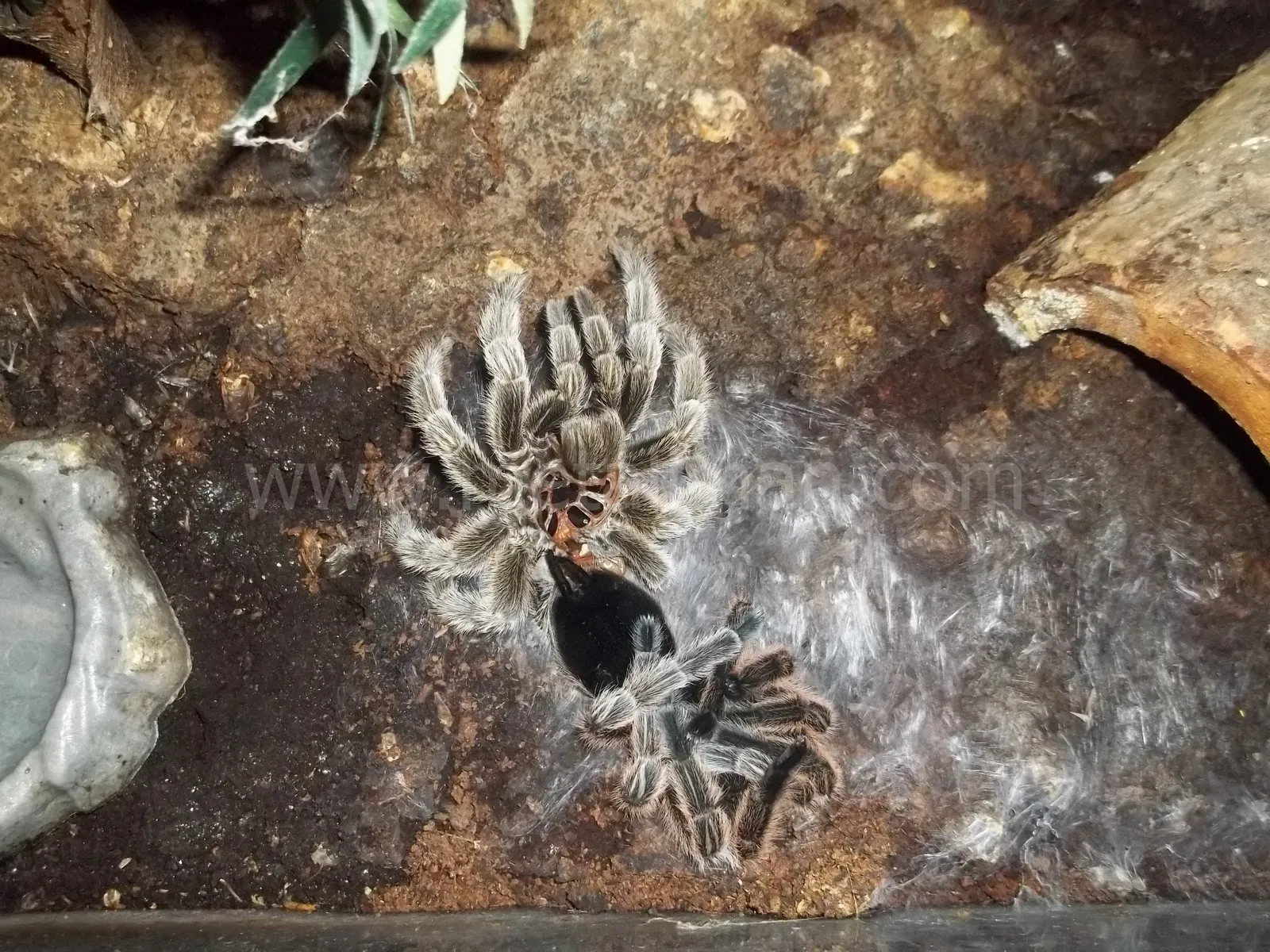Why Tarantulas Die After Molting
The sight of a beloved tarantula dying after a seemingly successful molt can be heartbreaking and perplexing for any arachnid enthusiast. Molting, the process of shedding their exoskeleton, is a vital part of a tarantula’s growth and life cycle. However, this delicate process can also be a perilous time, with several factors contributing to fatalities. Understanding these causes is crucial for any tarantula owner. In this article, we’ll delve into the most common reasons why tarantulas die after molting, providing valuable insights and actionable advice to help you safeguard your eight-legged companion during this vulnerable period. From environmental issues to internal problems, we’ll explore the key aspects involved in tarantula molting tragedies.
Dehydration
Dehydration is a significant threat to tarantulas, especially during and after the molting process. A tarantula’s exoskeleton is primarily made of chitin, which requires hydration to maintain its flexibility and allow for the successful shedding of the old skin. When a tarantula is dehydrated, the molting process becomes significantly more difficult and can lead to the spider becoming trapped in its old exoskeleton. Dehydration can weaken a tarantula and makes it more susceptible to other complications. It’s essential to maintain the correct humidity levels in the enclosure to prevent this, as well as ensuring the tarantula has access to fresh, clean water at all times. This is the biggest issue for tarantulas during molting.
Signs of Dehydration in Tarantulas
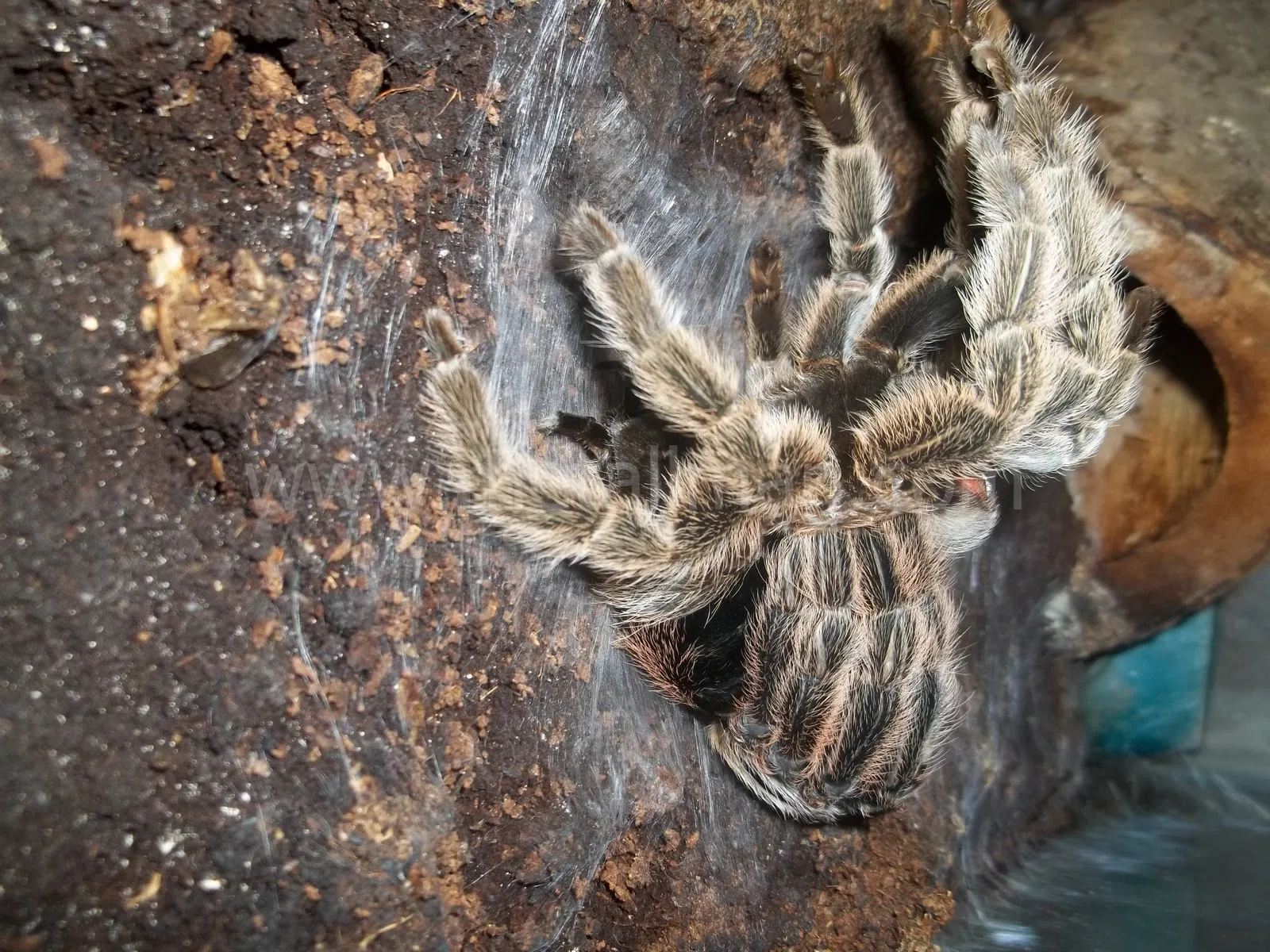
Recognizing the signs of dehydration in your tarantula is the first step in preventing a tragic outcome. Look out for a few key indicators. One of the most noticeable signs is a wrinkled or shrunken abdomen. This is because the spider is losing fluids. Another sign can be lethargy and a lack of appetite. The tarantula may appear sluggish and not be interested in feeding. Additionally, a tarantula that is dehydrated may have difficulty moving or walking, appearing uncoordinated or weak. If the tarantula is showing any of these signs, it’s crucial to take immediate action. Ensure the water source is full and mist the enclosure with water to increase humidity.
How to Prevent Dehydration
Preventing dehydration is essential for your tarantula’s health, particularly during molting. The most crucial step is to ensure the enclosure maintains the appropriate humidity level for the species. Use a hygrometer to monitor the humidity and adjust accordingly. Provide a shallow water dish filled with fresh, clean water at all times. This allows the tarantula to drink as needed and helps to increase humidity. Mist the enclosure regularly with distilled water. Increase the frequency of misting during the molting phase to help the spider stay hydrated. A water dish is a must have for any tarantula owner, especially during molting stages, and the humidity needs to be correct.
Failed Molt
A failed molt is a critical and often fatal event for tarantulas. This occurs when the spider is unable to fully shed its old exoskeleton. Several factors can contribute to a failed molt, including dehydration, inadequate humidity, nutritional deficiencies, and physical obstructions within the enclosure. The process requires the spider to pump hemolymph (a blood-like fluid) into its old exoskeleton to create pressure. This helps split the old shell and allows the spider to emerge. If this process is disrupted, the tarantula can get stuck, leading to a prolonged and often deadly struggle. This can be a very stressful event and potentially lethal for the spider.
Signs of a Failed Molt
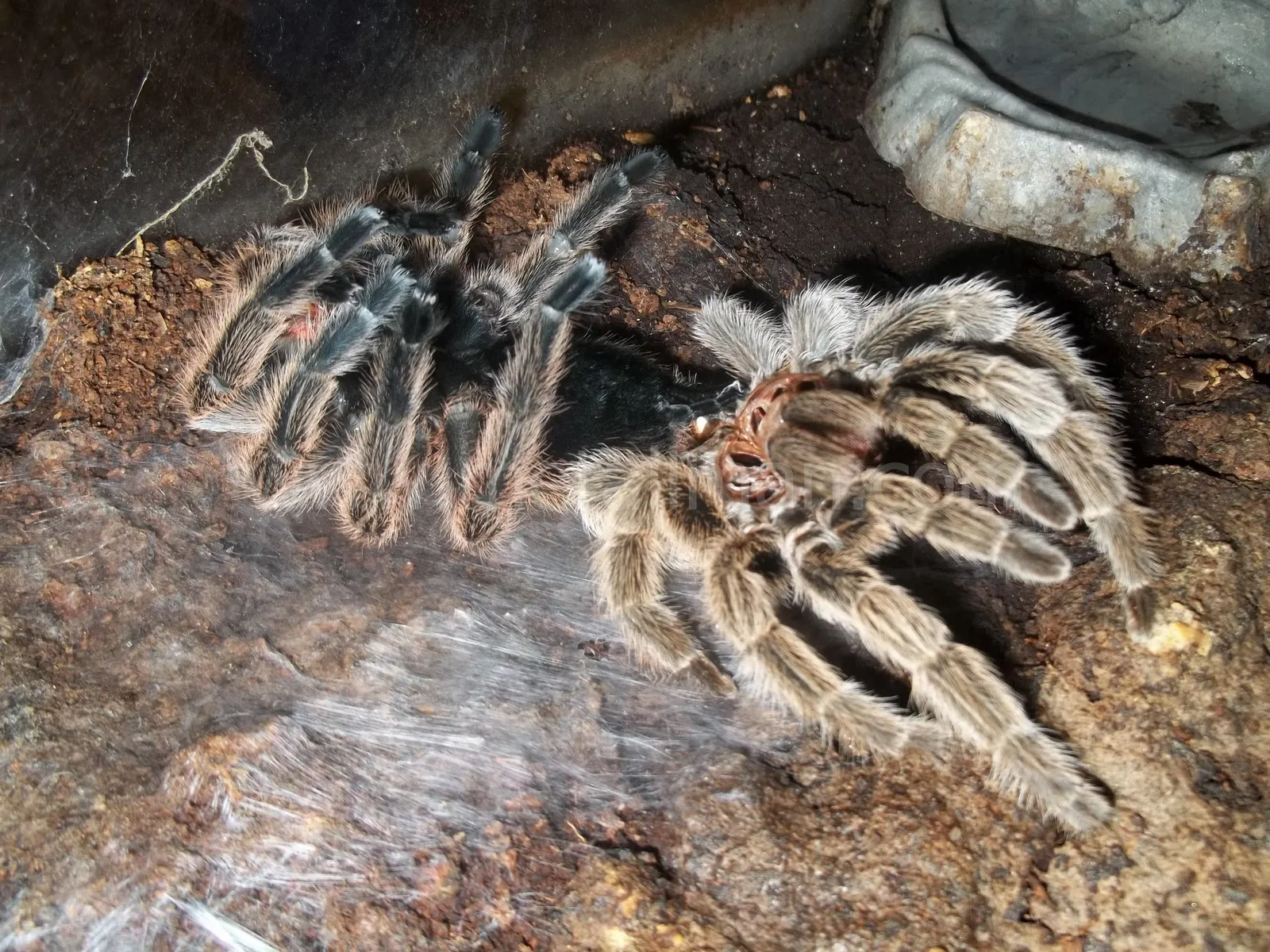
Recognizing the signs of a failed molt early on can sometimes give you a chance to intervene. A tarantula experiencing a failed molt may struggle for an extended period, often lying on its back or side. The spider may appear partially out of its old exoskeleton, with parts of the old shell still attached. The tarantula may also exhibit unusual contortions or movements as it tries to free itself. If you observe any of these signs, it’s important to assess the situation quickly. A tarantula stuck in its molt is very vulnerable, and intervention might be necessary to prevent death. The longer the struggle, the more likely the outcome will be negative.
How to Assist a Tarantula Molting
Assisting a tarantula during a failed molt is a delicate process, and should only be attempted as a last resort, and only if you’re comfortable. The most important thing to do is provide a humid environment. If the tarantula is stuck, gently mist the area around the spider to help soften the old exoskeleton. You can use a small, blunt object like a cotton swab to gently try to assist the tarantula in freeing itself, but be extremely careful not to injure the spider. If the tarantula is trapped, you might need to carefully cut away parts of the old exoskeleton using small, sharp scissors, but only if you are experienced and confident. Any intervention carries a risk of injury, so proceed with extreme caution. Always ensure the spider is hydrated, so use a syringe or small dropper to provide water, only if the tarantula is struggling.
Injury
Injuries sustained during the molting process can also lead to a tarantula’s demise. A tarantula’s exoskeleton provides crucial protection, and when the spider is molting, this defense is temporarily compromised. During the molt, the spider’s body is soft and vulnerable. Even minor injuries can have severe consequences. Injuries may arise from falls within the enclosure. Sharp objects, such as decorations or cage furniture, can also cause damage. Additionally, the tarantula itself can get stuck in the old exoskeleton, causing injury in their attempts to free themselves.
Common Tarantula Injuries
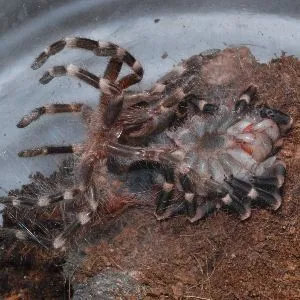
Several types of injuries can affect a tarantula during molting. Leg damage is common, particularly if the spider gets stuck. Injuries can range from minor damage to complete limb loss. Abdominal damage is another possibility, especially if the tarantula falls or is crushed during the molt. Chelicerae (the mouthparts) can also be injured if the spider struggles. Any injury sustained during this vulnerable period can lead to infection and further complications. Such injuries may also prevent the spider from feeding, which can result in starvation. A tarantula is very fragile during this time.
How to Prevent Injuries During Molting
Preventing injuries during molting is vital for the safety of your tarantula. Carefully consider the enclosure setup. Remove any sharp or abrasive decorations that could harm the spider. Provide a substrate that is appropriate for the species and deep enough to allow for burrowing. This gives the spider a place to molt safely. Avoid any sudden disturbances during the molting process. Handle your tarantula as little as possible during this period. Ensure the enclosure is positioned in a location where it is not exposed to vibrations or other disturbances. The proper setup is extremely important for the overall health of the spider.
Environmental Issues
Environmental conditions play a critical role in a tarantula’s well-being, especially during molting. Improper temperature, humidity, and substrate can all contribute to molting problems. Creating and maintaining a suitable environment is crucial for preventing molting-related deaths. The enclosure should mimic the tarantula’s natural habitat. The correct setup ensures the spider has the best chance of a successful molt. If the environment is not suitable, the tarantula may experience stress, dehydration, or other problems that increase the risk of a failed molt. Maintaining proper environmental conditions is key to avoiding death.
Temperature and Humidity
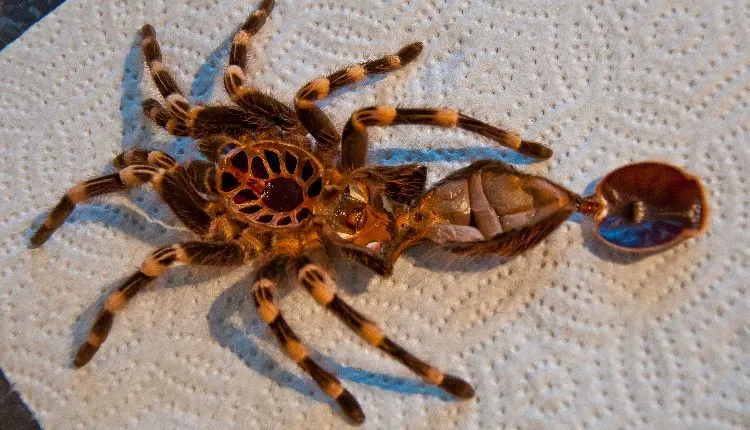
The ideal temperature and humidity levels vary depending on the tarantula species, but generally, most tarantulas thrive in temperatures between 70-85°F (21-29°C) and humidity levels between 60-80%. Use a reliable thermometer and hygrometer to monitor the conditions within the enclosure. Ensure that the enclosure is not exposed to extreme temperature fluctuations. Avoid placing the enclosure in direct sunlight or near heat sources that could cause overheating. Adjust the humidity by misting the enclosure with distilled water as needed. Avoid over-misting, as this can lead to other health problems. The correct environmental conditions will help the tarantula stay healthy and happy.
Substrate
The substrate is an essential element of the tarantula’s enclosure. It provides a suitable surface for burrowing, molting, and maintaining proper humidity. The type of substrate should be appropriate for the tarantula’s species. For example, tropical species need a substrate that retains moisture, such as peat moss, coconut fiber, or a mix of both. The substrate should be deep enough to allow the tarantula to burrow and create a safe space for molting. Change the substrate regularly to prevent the buildup of waste and the growth of harmful bacteria or mold. Using the correct substrate can help prevent injuries during molting, and promote overall health.
Preventing Environmental Issues
To prevent environmental issues, start by researching the specific requirements of your tarantula species. Set up the enclosure correctly from the start, taking into account temperature, humidity, and substrate needs. Monitor the enclosure regularly. Keep an eye on the thermometer and hygrometer and make adjustments as necessary to maintain the correct conditions. Clean the enclosure regularly to remove waste and maintain good hygiene. Provide the tarantula with a clean water source, which is especially important during molting. By diligently managing environmental conditions, you can minimize the risk of molting-related problems and ensure your tarantula’s survival. The correct environmental setup can help the tarantula thrive.
Parasites and Diseases
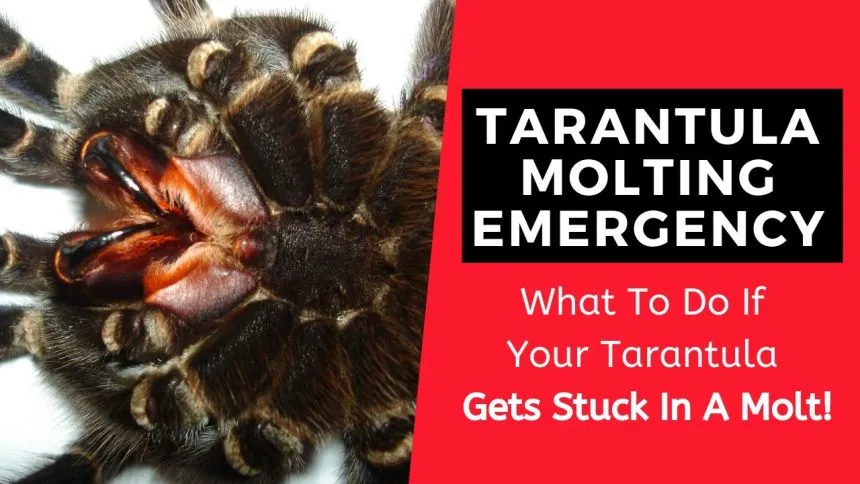
While less common than other factors, parasites and diseases can weaken a tarantula and make the molting process more difficult. Parasites can infest a tarantula, leading to malnutrition, stress, and an overall weakened state. The weakened state makes them more vulnerable. Diseases, caused by bacteria, viruses, or fungi, can further compromise the tarantula’s health and make it more susceptible to complications during molting. Always be vigilant in observing your tarantula for any signs of parasites or diseases, as early detection and treatment can make a significant difference. Healthy tarantulas have a greater chance of successfully completing a molt.
Identifying Parasites
Identifying parasites in tarantulas can be challenging, as they are often small and difficult to detect. The most common parasites found in tarantulas are mites. These tiny creatures can be seen as small, moving specks on the tarantula’s body, particularly around the legs and abdomen. Other signs of a parasitic infestation include lethargy, loss of appetite, and behavioral changes. If you suspect your tarantula has parasites, quarantine it immediately. Carefully inspect the enclosure and substrate. Consult with a veterinarian or experienced tarantula keeper for advice on identifying and treating the infestation. Proper treatment is crucial to prevent the spread of parasites and protect the tarantula’s health. Quarantine can help prevent other spiders from getting them.
Treating Diseases in Tarantulas
Treating diseases in tarantulas can be complex, and treatment options may vary. Prevention is the best approach to disease management. Maintaining a clean and appropriate environment is crucial for minimizing the risk of infection. If your tarantula exhibits signs of illness, isolate it from other tarantulas to prevent the spread. Consult with a veterinarian experienced in exotic animals. They can help diagnose the disease and provide appropriate treatment. The treatment options may involve medications, changes in the enclosure environment, or supportive care. Always follow the veterinarian’s instructions carefully. Disease can be a major reason for molting issues, so keeping them healthy is vital.
Conclusion
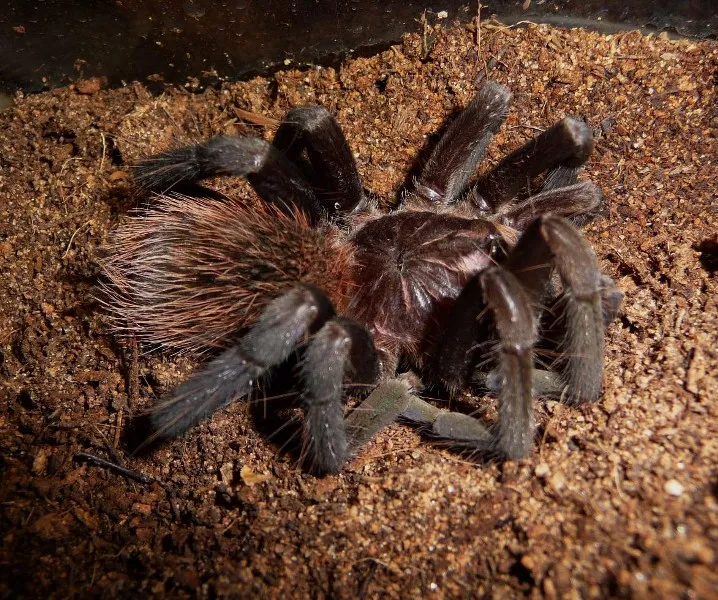
The death of a tarantula after molting is a heartbreaking experience, but by understanding the underlying causes, tarantula owners can take proactive steps to prevent it. From maintaining appropriate humidity and temperature levels to ensuring a safe enclosure environment, the preventative measures can greatly increase the chances of a successful molt. Recognizing the signs of dehydration, failed molts, and potential injuries is essential for timely intervention. Regular observation and a commitment to providing the proper care can help ensure that your tarantula lives a long, healthy, and molting-filled life. Prioritizing the tarantula’s well-being is the best way to prevent a tragedy.
